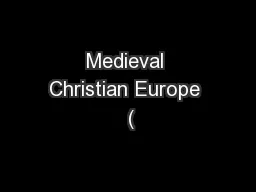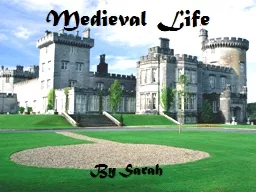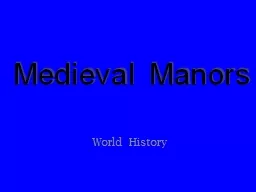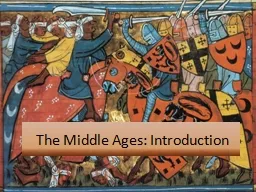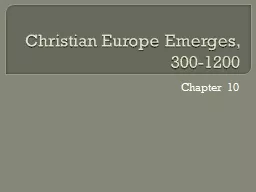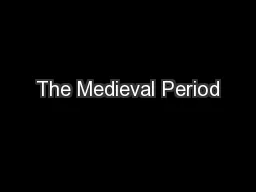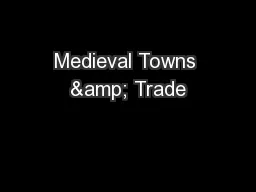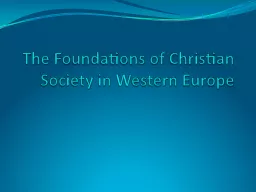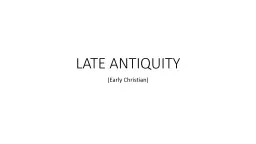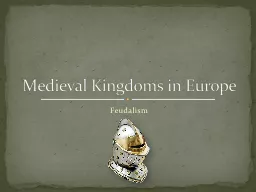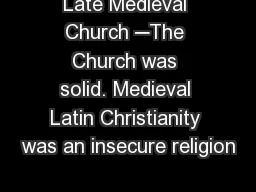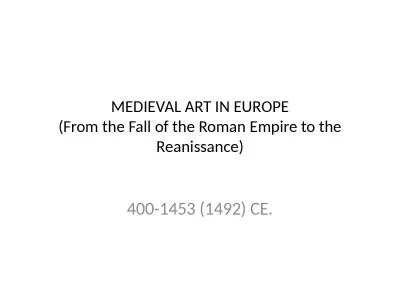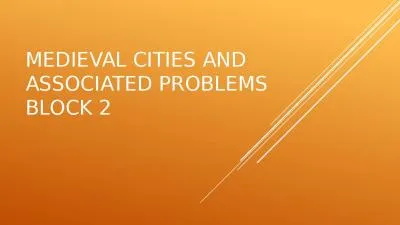PPT-Medieval Christian Europe (
Author : luanne-stotts | Published Date : 2018-03-19
3301450 Lesson 7 The Late Middle Ages A Time of Upheaval Learning Objectives Understand how the Black Death caused social and economic decline Describe the problems
Presentation Embed Code
Download Presentation
Download Presentation The PPT/PDF document "Medieval Christian Europe (" is the property of its rightful owner. Permission is granted to download and print the materials on this website for personal, non-commercial use only, and to display it on your personal computer provided you do not modify the materials and that you retain all copyright notices contained in the materials. By downloading content from our website, you accept the terms of this agreement.
Medieval Christian Europe (: Transcript
Download Rules Of Document
"Medieval Christian Europe ("The content belongs to its owner. You may download and print it for personal use, without modification, and keep all copyright notices. By downloading, you agree to these terms.
Related Documents

